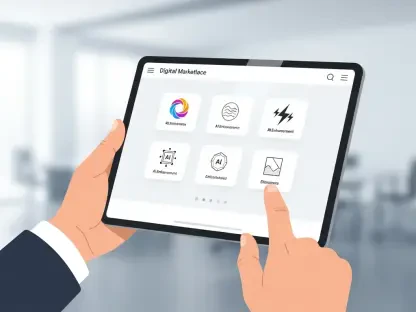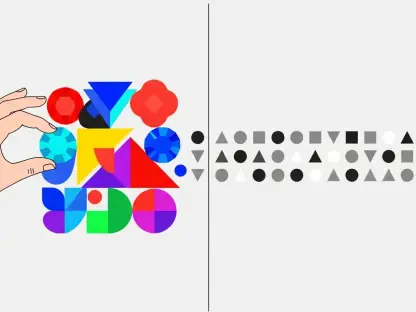I’m thrilled to sit down with Laurent Giraud, a renowned technologist whose expertise in artificial intelligence, particularly in machine learning, natural language processing, and AI ethics, makes him the perfect person to shed light on the evolving role of AI in education and development. Today, we’re diving into the latest advancements from a leading AI company, exploring how their new features aim to transform learning and coding through guided discovery rather than instant answers. Our conversation touches on the strategic timing of these launches, the innovative approaches to teaching with AI, the balance between productivity and skill-building, and the broader implications for students and developers in a competitive landscape.
Can you walk us through the concept of “learning modes” in AI tools and how they’re changing the way users interact with chatbots?
Absolutely. These learning modes are a shift from the traditional chatbot model where you ask a question and get a direct answer. Instead, they’re designed to act more like a tutor, guiding users through a process of discovery. For general users, this might mean being prompted with questions to think deeper about a topic, while for developers, it could involve breaking down coding problems step by step. The idea is to foster understanding rather than just providing a quick fix, which is a game-changer for how AI can support education and skill development.
Why do you think launching these educational AI features during the back-to-school season is such a strategic move?
Timing is everything in this space. The back-to-school season is when students, teachers, and institutions are most receptive to new tools. It’s a moment to capture attention and build habits early on. Plus, with the education market being so competitive right now, rolling out features at this time helps a company stand out and potentially secure partnerships with schools and universities. It’s not just about immediate adoption; it’s about shaping how a whole generation engages with AI over the long term.
How does the Socratic method, where AI asks guiding questions instead of giving direct answers, really help with learning?
The Socratic method is powerful because it encourages critical thinking. By asking questions, the AI pushes users to explore concepts on their own, which helps solidify understanding far more than a straightforward answer would. It mimics how a good teacher operates—prompting you to connect the dots yourself. This approach can be especially effective in building problem-solving skills, as it trains the brain to tackle challenges systematically rather than relying on external solutions.
For developers, there are specific modes like “Explanatory” and “Learning” in coding tools. Can you explain how these support programmers in unique ways?
Certainly. The “Explanatory” mode is like having a mentor over your shoulder—it breaks down why certain coding decisions are made, discussing trade-offs and logic behind the code. This is invaluable for understanding the ‘why’ behind a solution. The “Learning” mode, on the other hand, often leaves intentional gaps, like placeholders in the code, encouraging developers to fill them in. It’s a hands-on approach that promotes active problem-solving, which is crucial for building confidence and competence, especially for those just starting out.
There’s an interesting focus on long-term skill development over short-term productivity. Why would a company or developer choose a tool that might slow things down initially?
It’s about investing in the future. While quick productivity boosts are tempting, they can create a false sense of capability, especially for newer developers who might not understand the code they’re using. Tools that prioritize skill-building ensure that users grow into their roles, becoming more independent and innovative over time. For companies, this means a workforce that’s adaptable and less reliant on constant AI crutches, which is a smarter long-term strategy even if it means slower output at first.
With concerns about students becoming too dependent on AI for quick answers, how can these learning-focused features address those worries?
These features tackle dependency by shifting the focus from answers to process. When AI acts as a guide rather than a solution provider, it forces students to engage actively with the material. The challenge, of course, is ensuring users stick with the learning mode and don’t just switch back to getting instant responses. But by embedding educational value into the interaction, these tools can help build habits of critical thinking and persistence, which are essential for genuine learning.
What’s your forecast for the future of AI in education, especially as competition continues to heat up among major tech players?
I see AI in education becoming even more personalized and interactive over the next few years. We’ll likely see tools that adapt to individual learning styles, track progress over time, and integrate more seamlessly into classroom settings. The competition will drive innovation, but it will also raise ethical questions about data privacy and the risk of over-reliance. The key will be designing AI that enhances human potential without replacing the fundamental skills of curiosity and critical thinking. I’m optimistic, but we need to stay vigilant about balancing technology with humanity.









